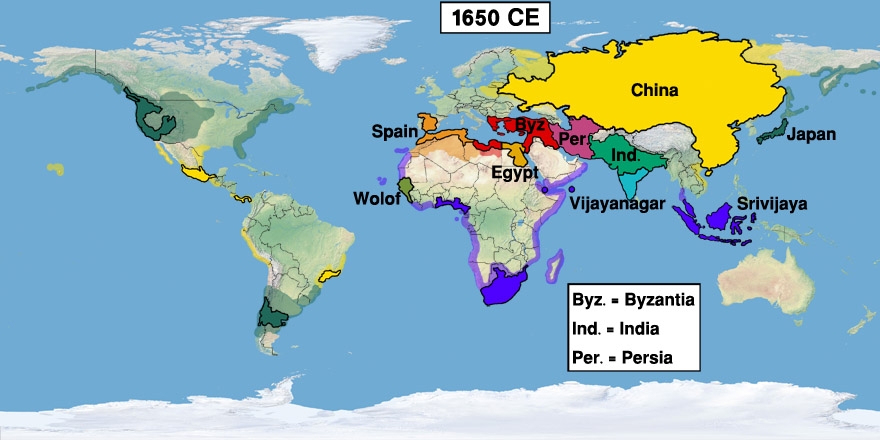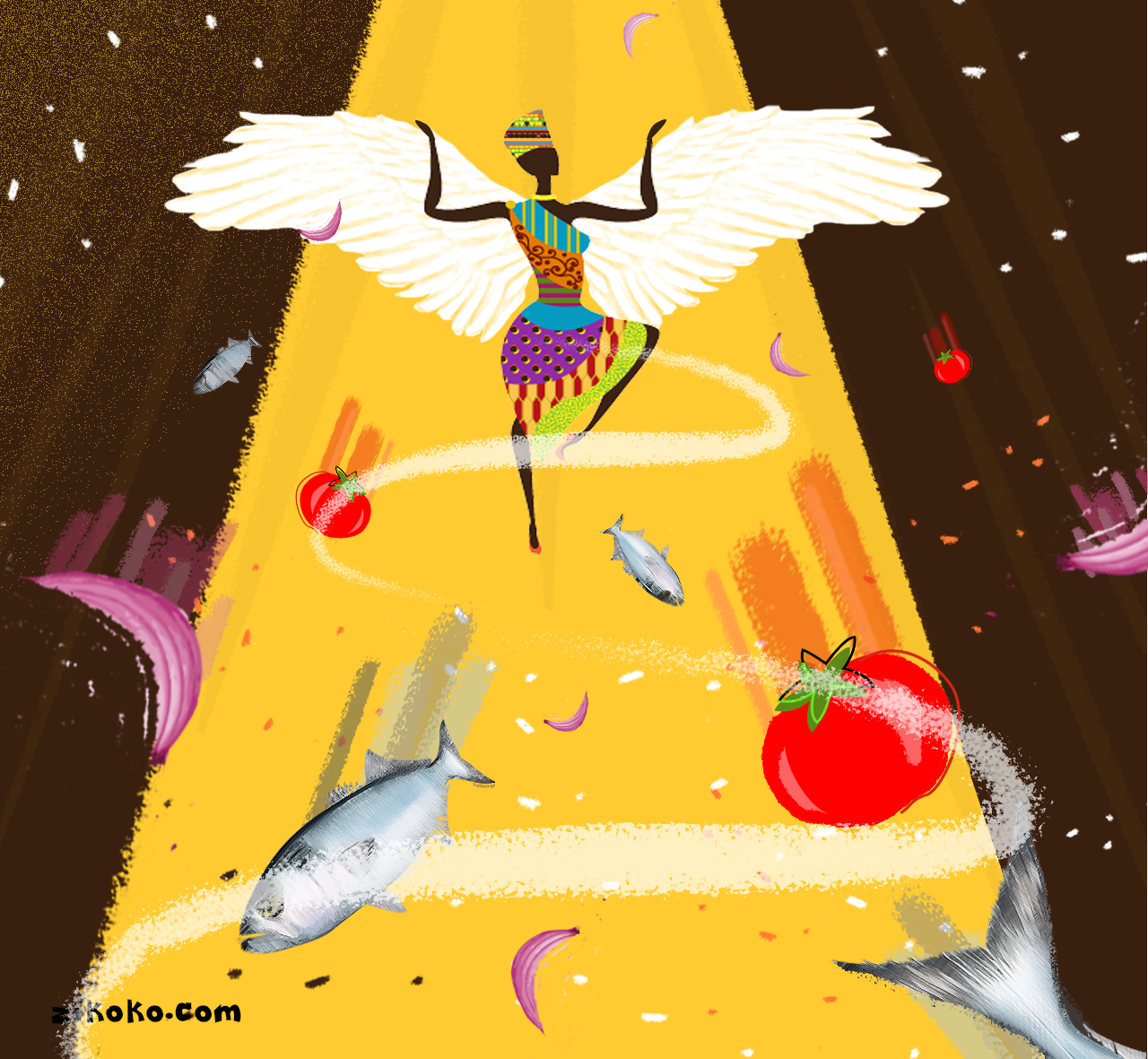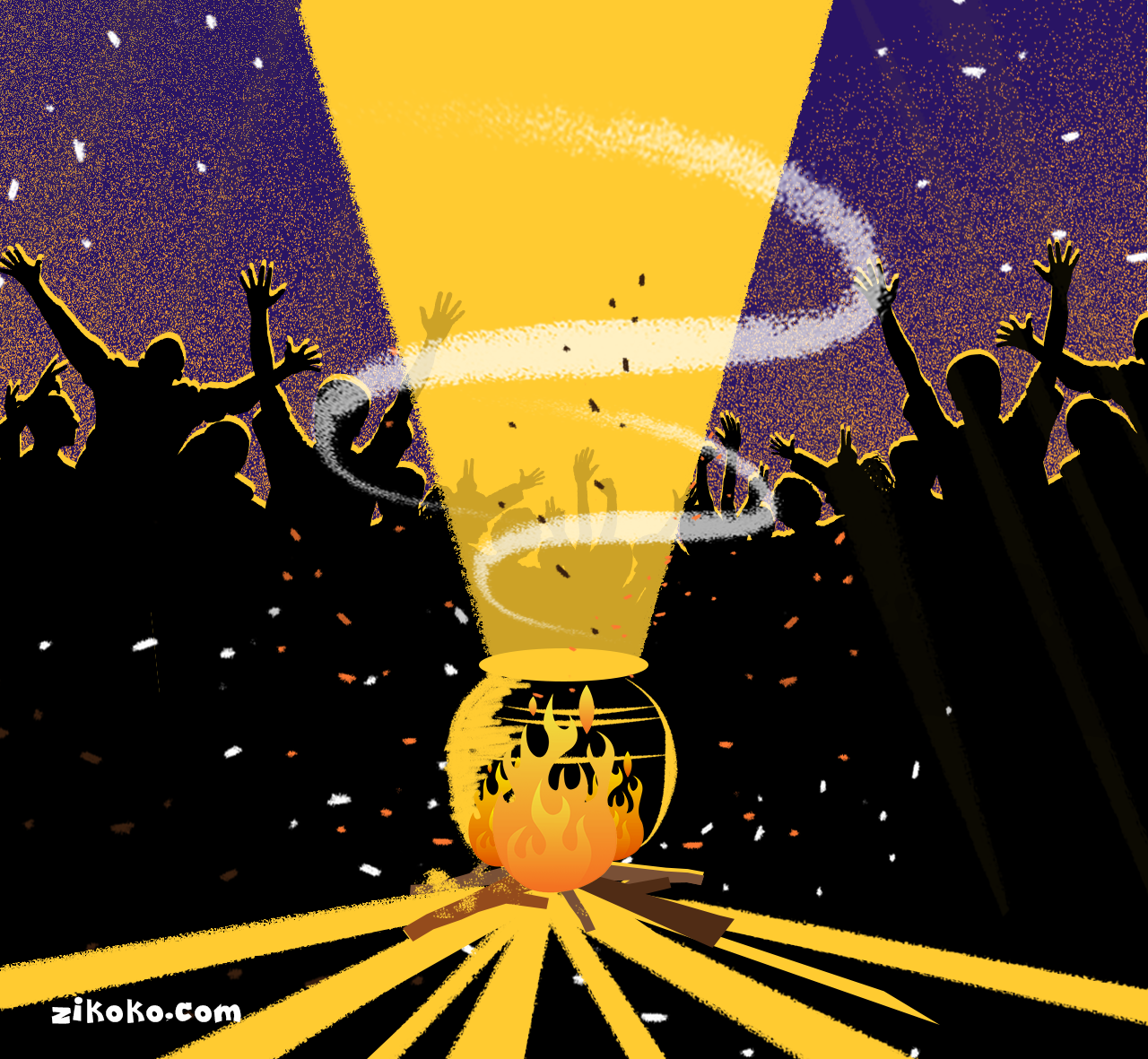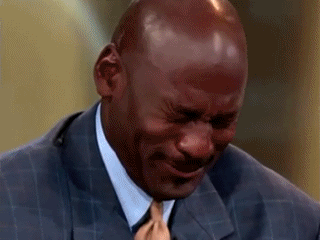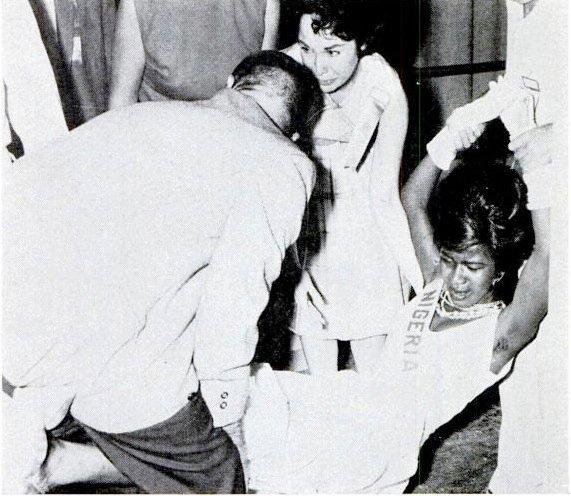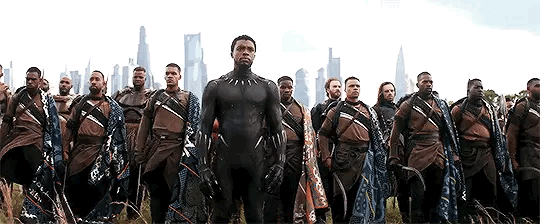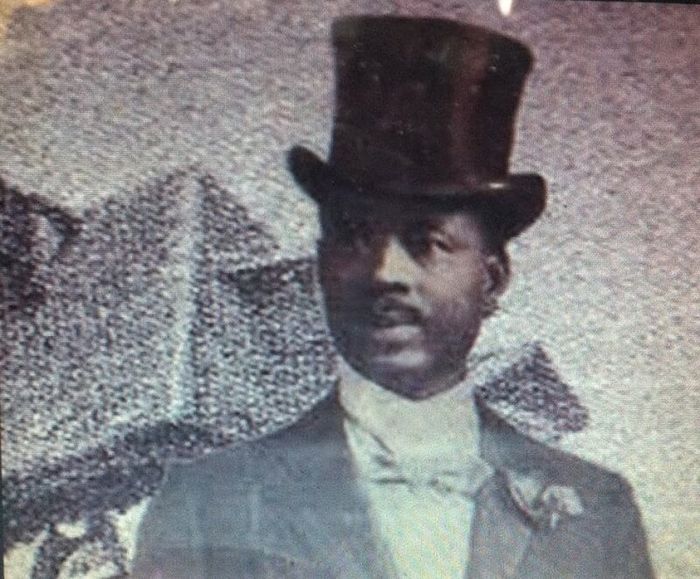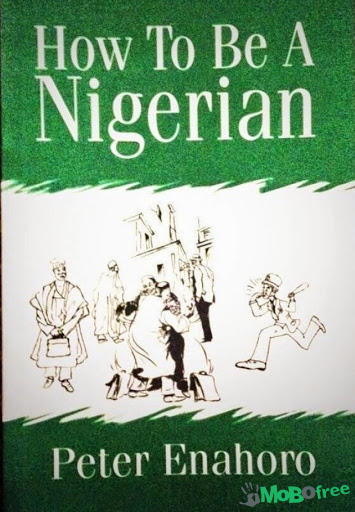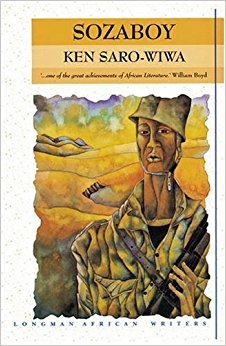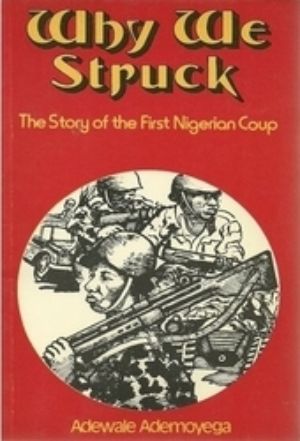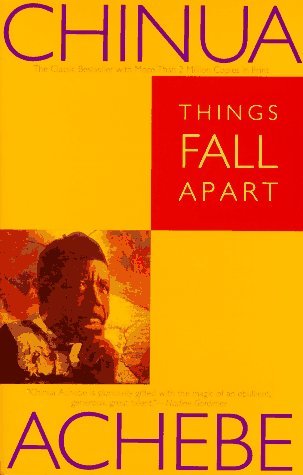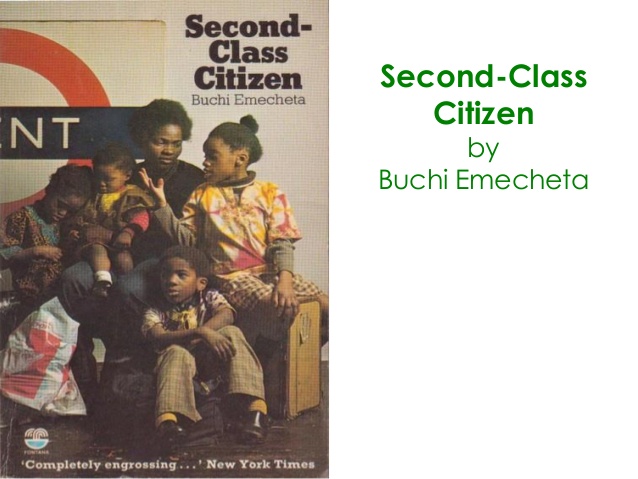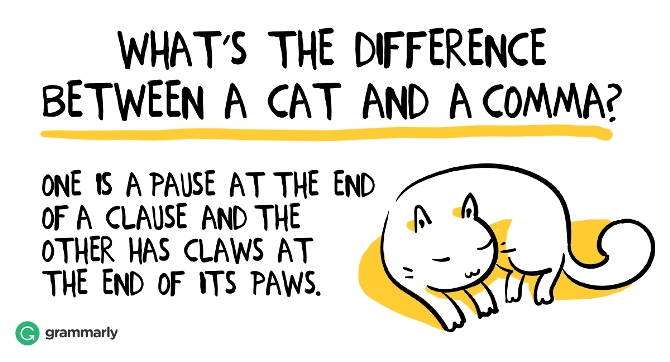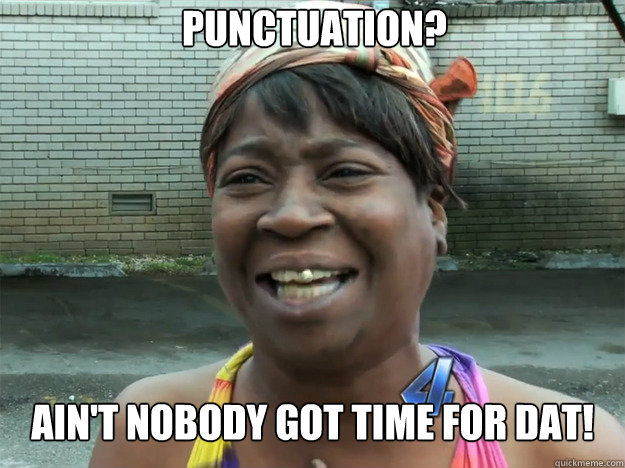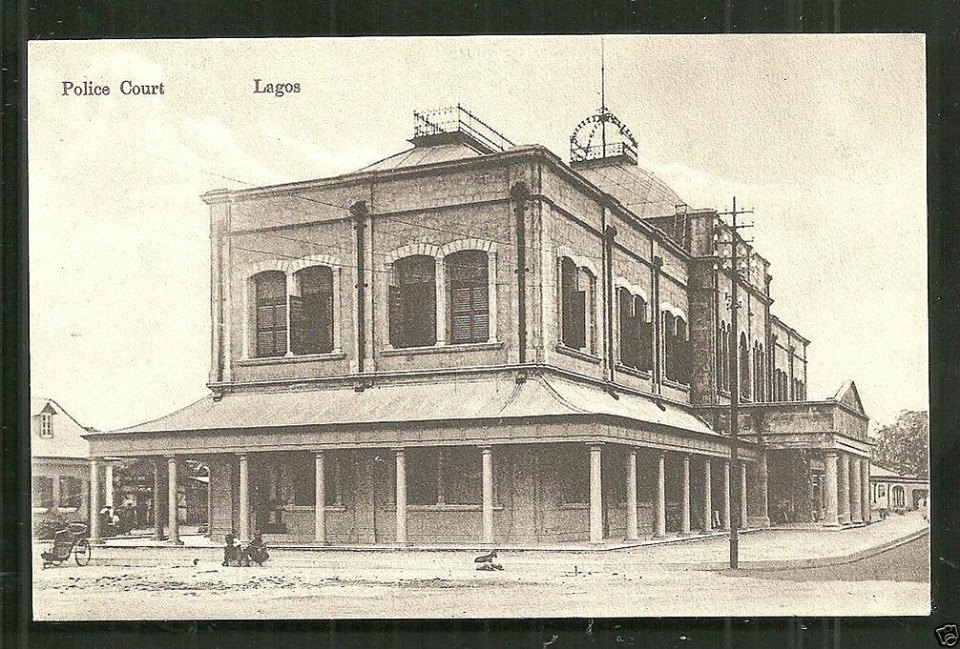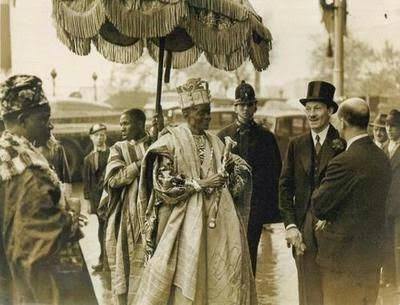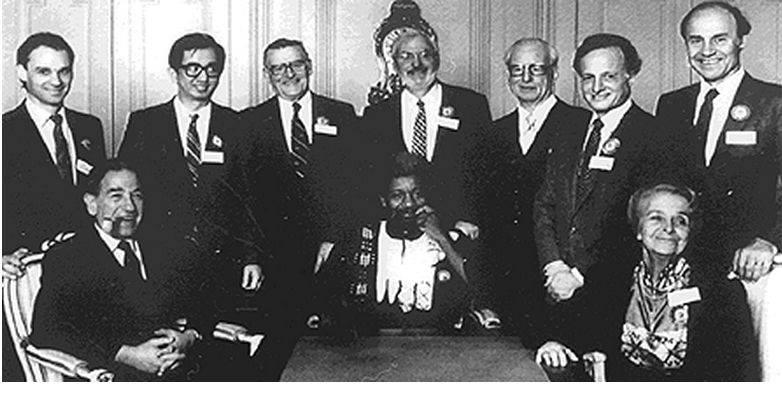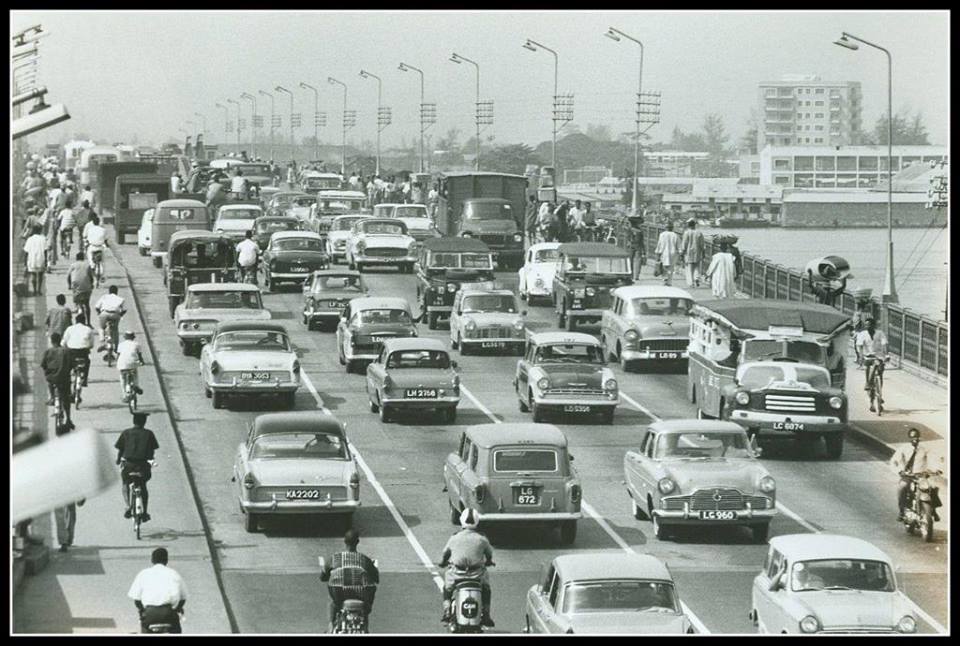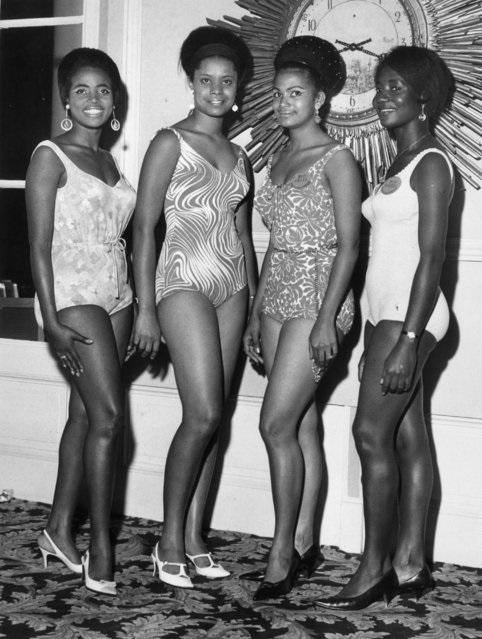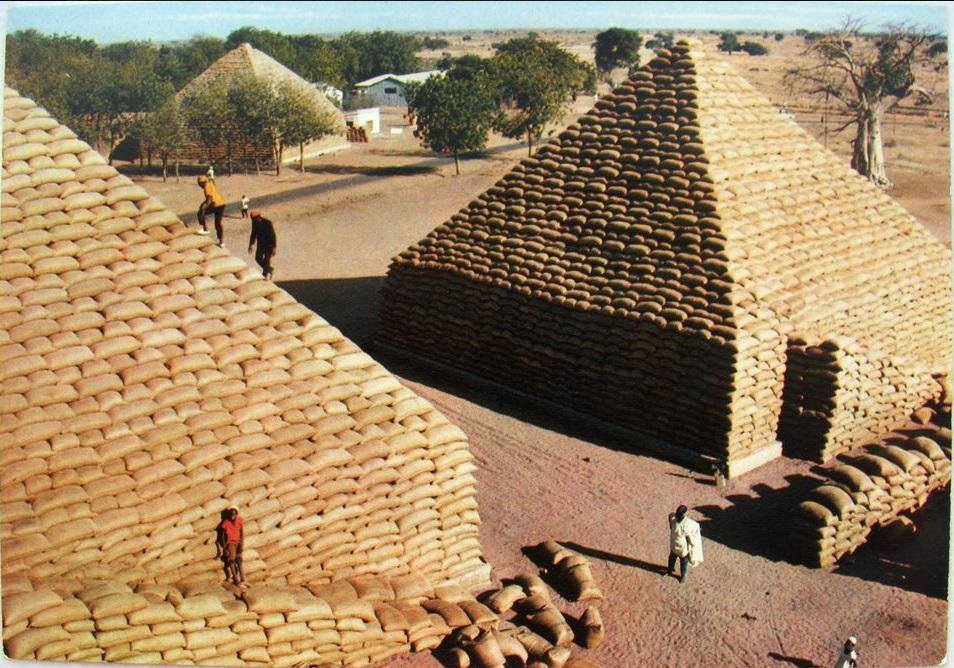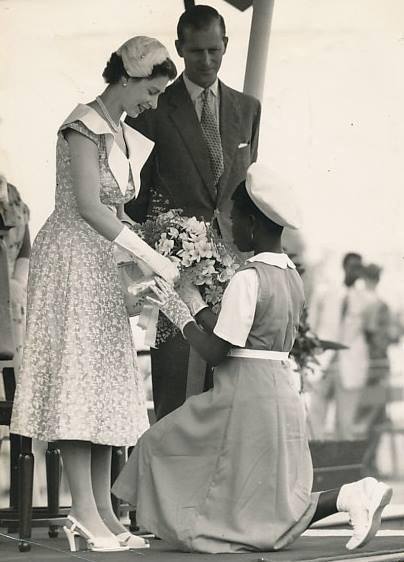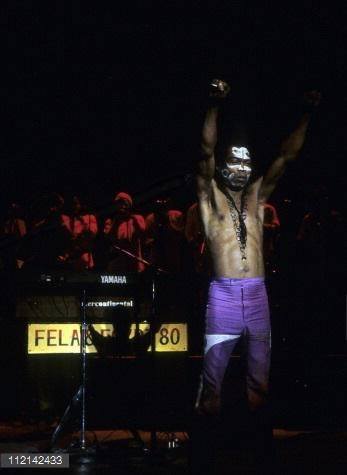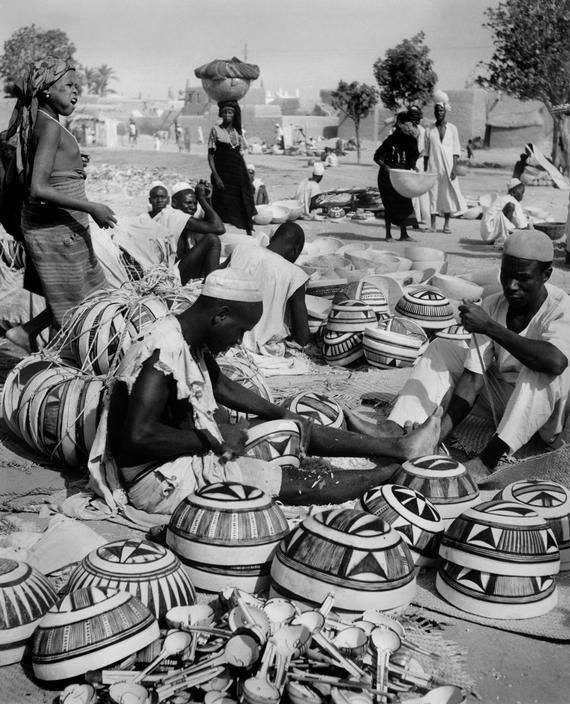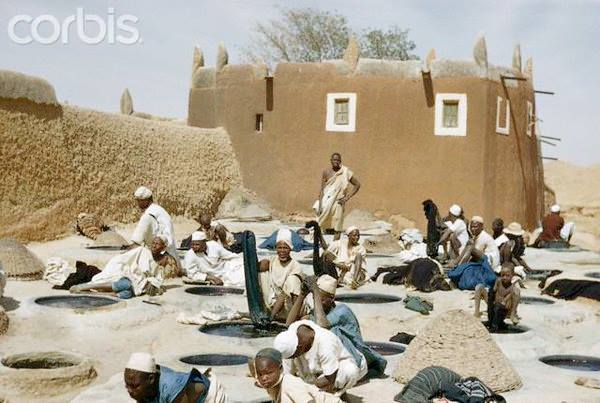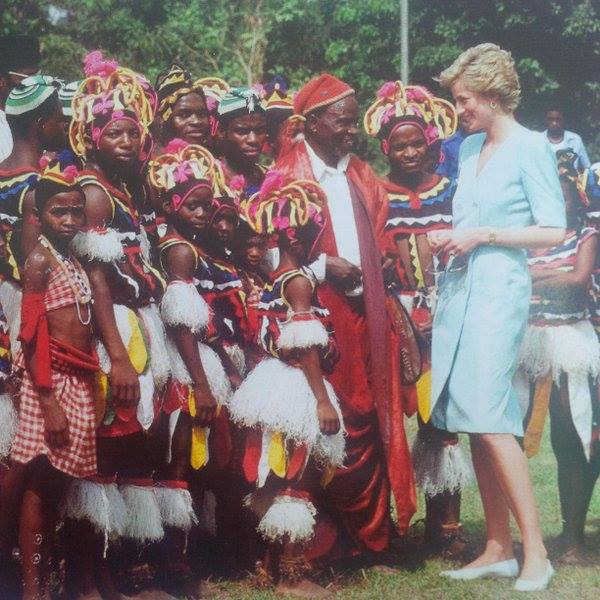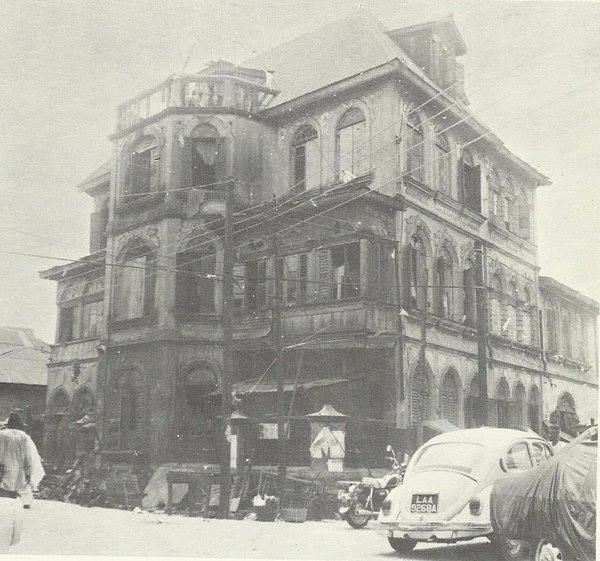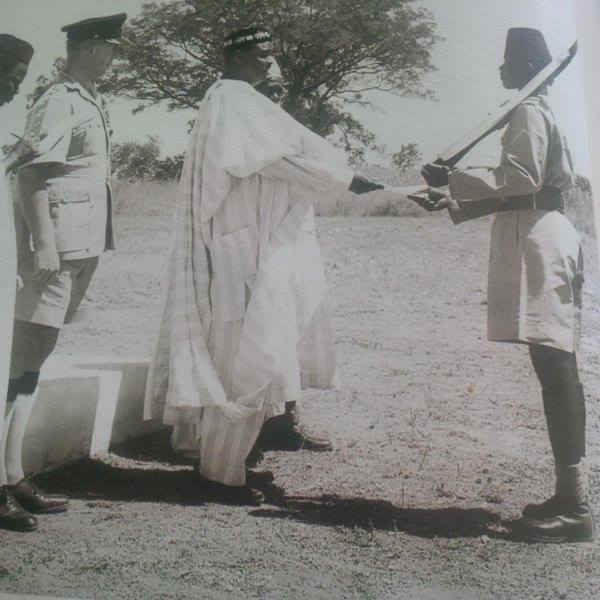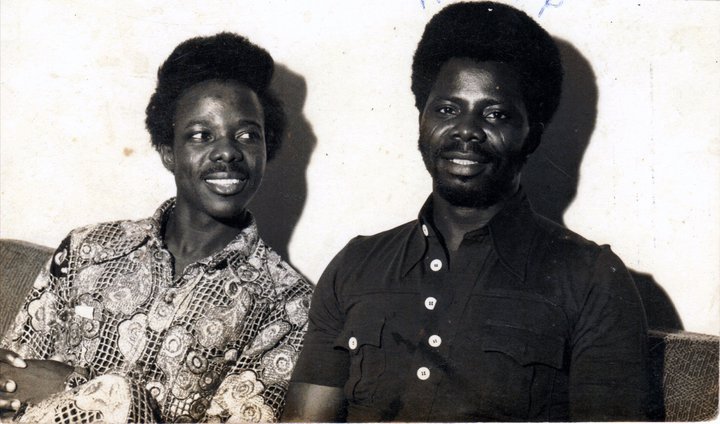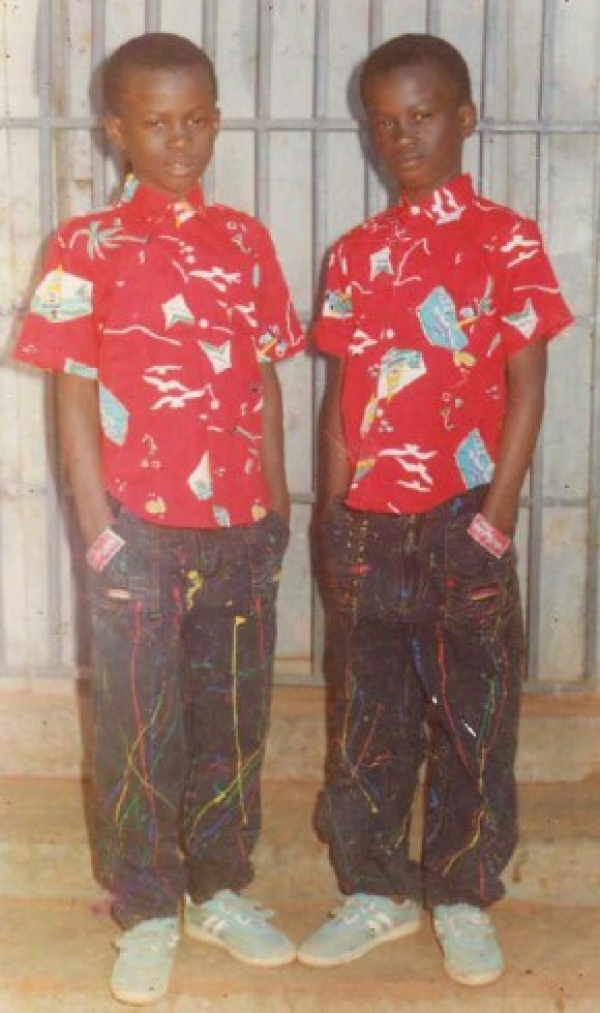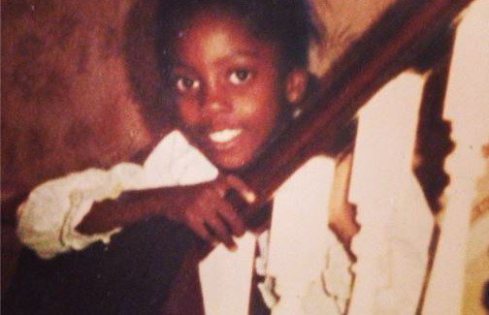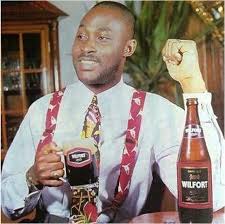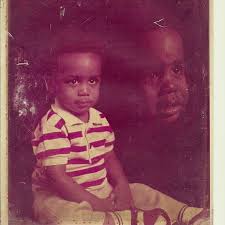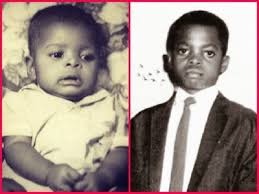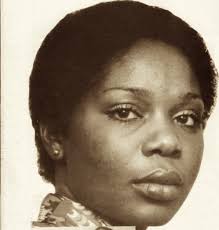After giving us the epic line, “I burn for you”, Netflix’s Bridgerton is back with another interracial couple (Shonda Rhimes, I know what you are) for us to root for.

Taking us back in time, Queen Charlotte: A Bridgerton Story sheds some light on the love story between King George III and Queen Charlotte, who were side characters in the first and second seasons of Bridgerton. The show opens with a message that it’s not entirely factual, so we couldn’t help but do some digging to find out where exactly the writers added Maggi and salt. Here’s what we found out.
Was Queen Charlotte biracial?

On the show, Charlotte’s arrival into British court is groundbreaking, bringing about the Great Experiment, which saw her mother-in-law, Princess Augusta, introduce other black people into court. While this storyline is a big slay for black people, no historical evidence supports the gist that Queen Charlotte was black or biracial.
That being said, art historian, Mario De Valdes y Cocom, who started studying portraits of the late Queen in 1967, believed she was indeed biracial and of Portuguese descent. If this is true, it means our good sis, Meghan, wasn’t the first melanated royal to step foot in Buckingham Palace.
How did Charlotte arrive from Germany speaking English with a British accent?

Last I checked, German was the official language in Germany, so how did a German princess show up in England spitting in Adele’s accent? The show obviously took creative liberties as the real Queen Charlotte had to learn English and the customs of her new country.
Why did King George marry Queen Charlotte?
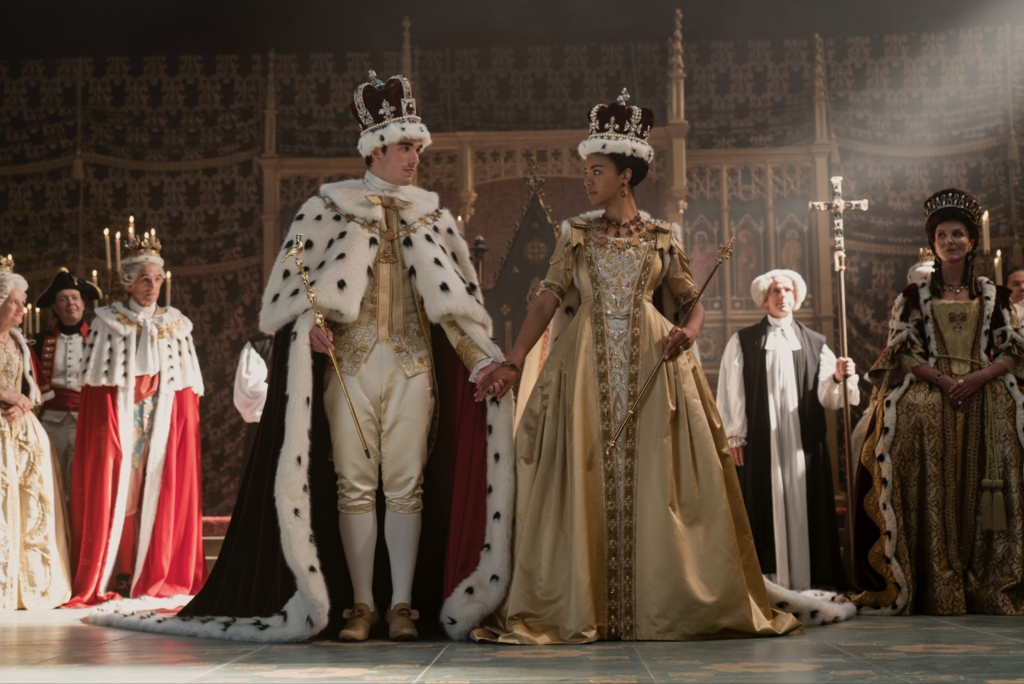
On the show, we hear the young Charlotte ask her brother why the King of England would want to marry an unknown princess like her.
The truth is King George didn’t have plenty of fish in his marriage sea. The King had to marry a princess, and there were none in England then. He also had to marry a Protestant, which meant choosing from Germany or Scandinavia. The King himself is also of German descent, with his great-grandfather being German. So, sis, this man was just marrying from his village. That’s all.
Did the King and Queen marry immediately?
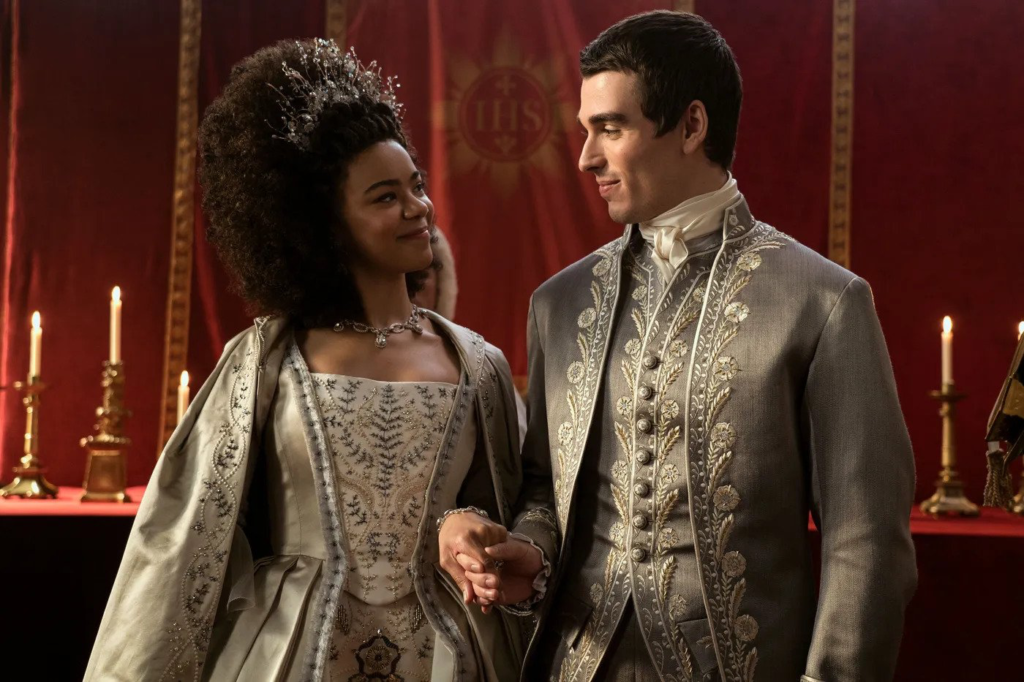
Yes, King George and Queen Charlotte married just six hours after meeting for the first time on September 8, 1761. But it wasn’t because of love-at-first-sight. Their families had already signed off on the marriage ahead of their meeting. The future Queen was 17 (She should’ve been writing JAMB, to be honest), while King George was 22.
RECOMMENDED: Ranking Nollywood Bridgerton Looks from “God, Abeg” to “I Burn For You”
Are the Danburys real?

We’ve already established that the Great Experiment was created to entertain us messy bitches who live for drama. Unfortunately for Lady Danbury stans, her story is as accurate as Father Christmas’s. However, England did have a relationship with Lady Danbury’s country, Sierra Leone, and it has to do with slavery.
Who really brought Pormenarians to the palace?
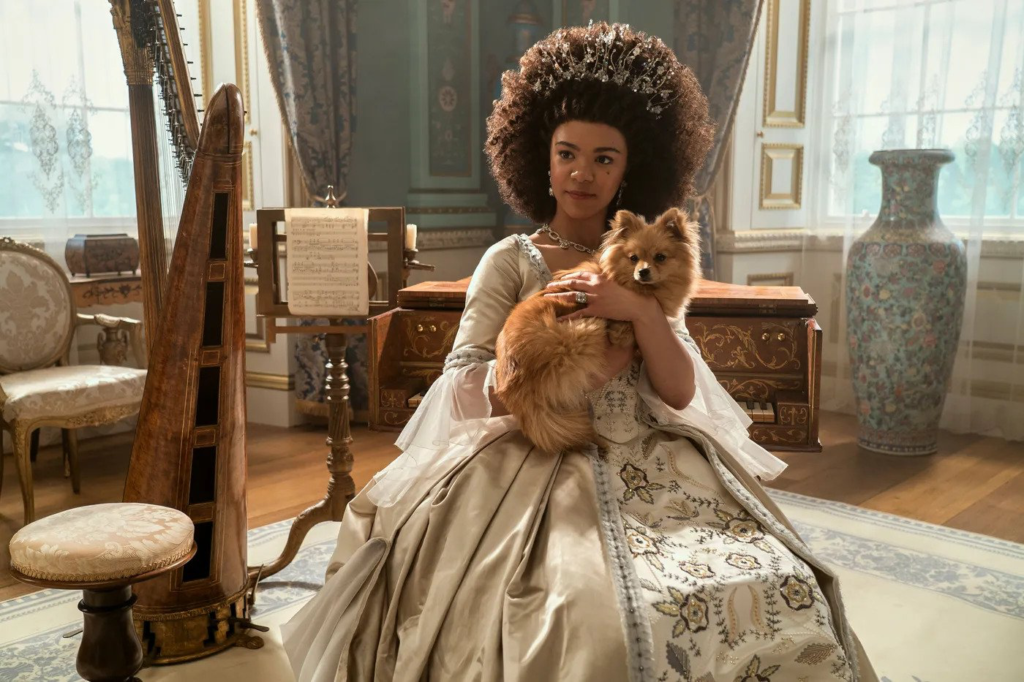
On the show, King George kickstarted Queen Charlotte’s obsession with Pormenarians when he gifts her one — teddy bears weren’t a toasting technique back then, so people handed out animals or palaces. But in real life, the Queen pulled up from Germany with her little pets in hand. Pomeranians are actually German, from the Pomerania region in north-west Poland and north-east Germany.
Cute story, though.
Did King George really have a mental illness?
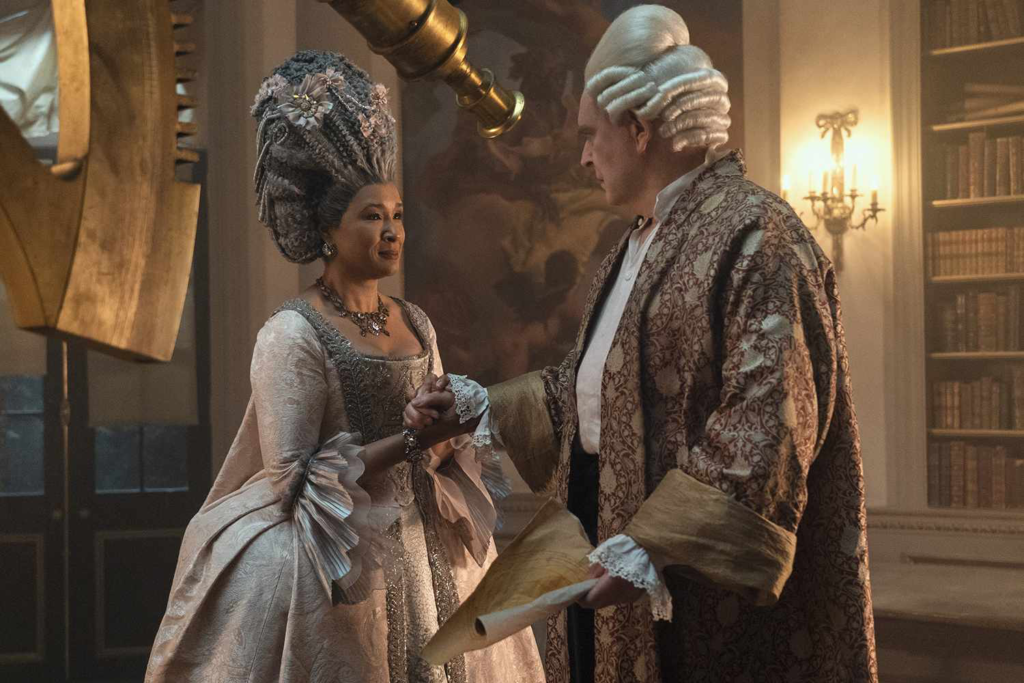
One of the saddest plotlines of Queen Charlotte happens to be true. Historians say King George battled with an unnamed mental illness throughout his reign, from 1788 to 1789 and again in 1801. It was so bad, he was nicknamed the Mad King. King George was eventually declared unfit to rule in 1810, allowing his eldest son, George IV, to act as Prince Regent from 1811.
Wait, so Queen Charlotte actually had 15 children?

Queen Charlotte had not one, not two, but 15 children. She had nine sons and six daughters, but their two youngest sons died at ages one and four. Despite having all these children, the King and Queen struggled for heirs. Two of their daughters never got married, while most of their sons focused on scoring away matches, making the King and Queen’s grandchildren unfit for the throne. This changed when their son, Prince Edward, and his wife, Princess Victoria, welcomed their daughter, Alexandrina Victoria, or simply Queen Victoria.
An interesting connection between King George and Queen Charlotte and Harry and Meghan

As shown in the series, King George III bought Buckingham House, which later became the famous Buckingham Palace, as a gift for his wife in 1762. While living in the palace, the couple commissioned the construction of Frogmore Cottage for quick summer getaways (their own private Ilashe without the ocean). Guess who rented the cottage while living in the UK? Yes, the Duke and Duchess of Sussex. If you look at it, King George and Queen Charlotte were Harry and Meghan’s original landlord and landlady.
ALSO READ: TV Shows You Shouldn’t Watch with Your Parents
Can you handle the hotness of Zikoko’s Hertitude? Click here to buy your ticket and find out.










